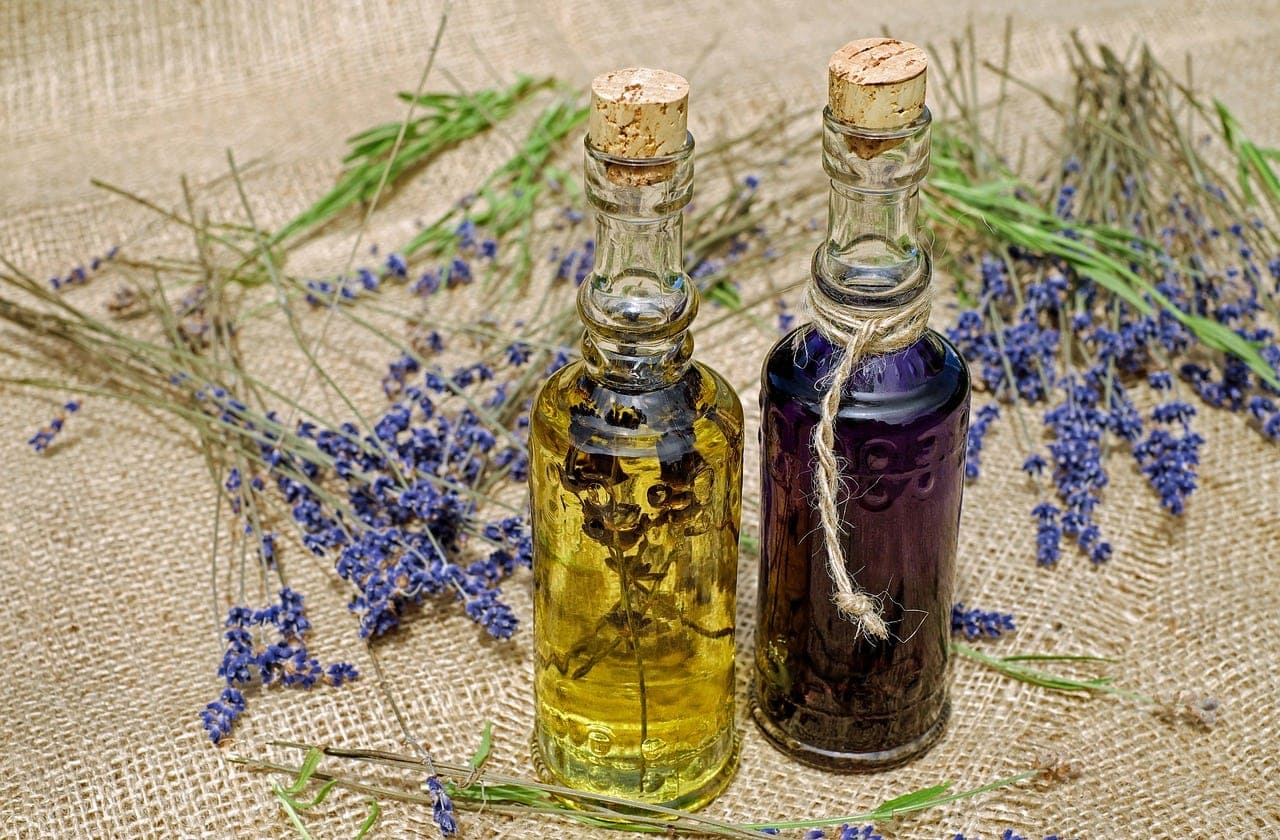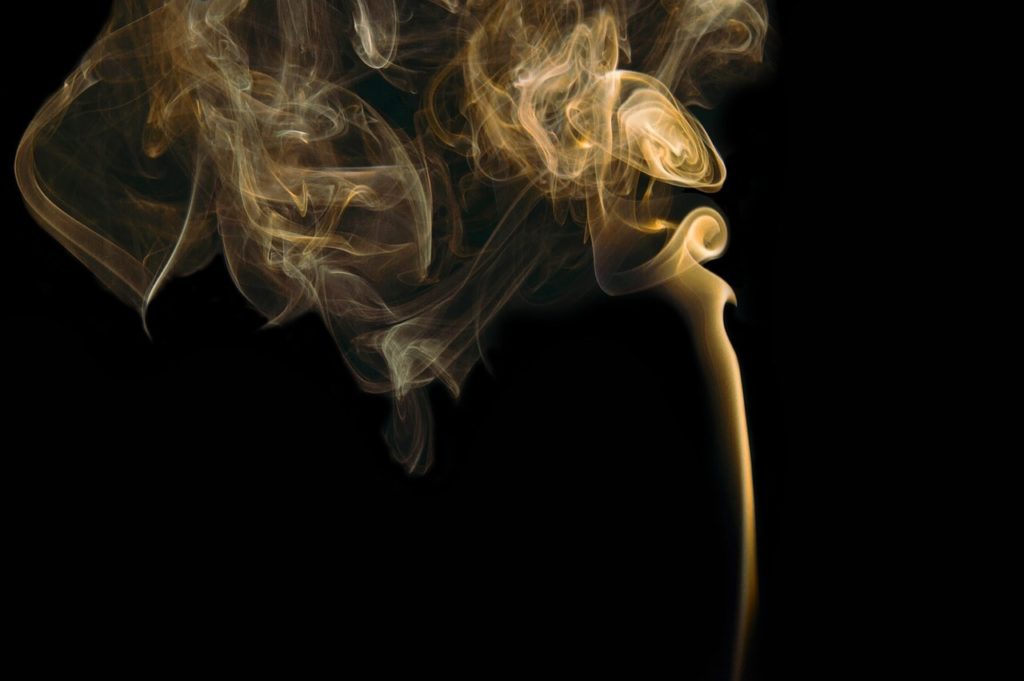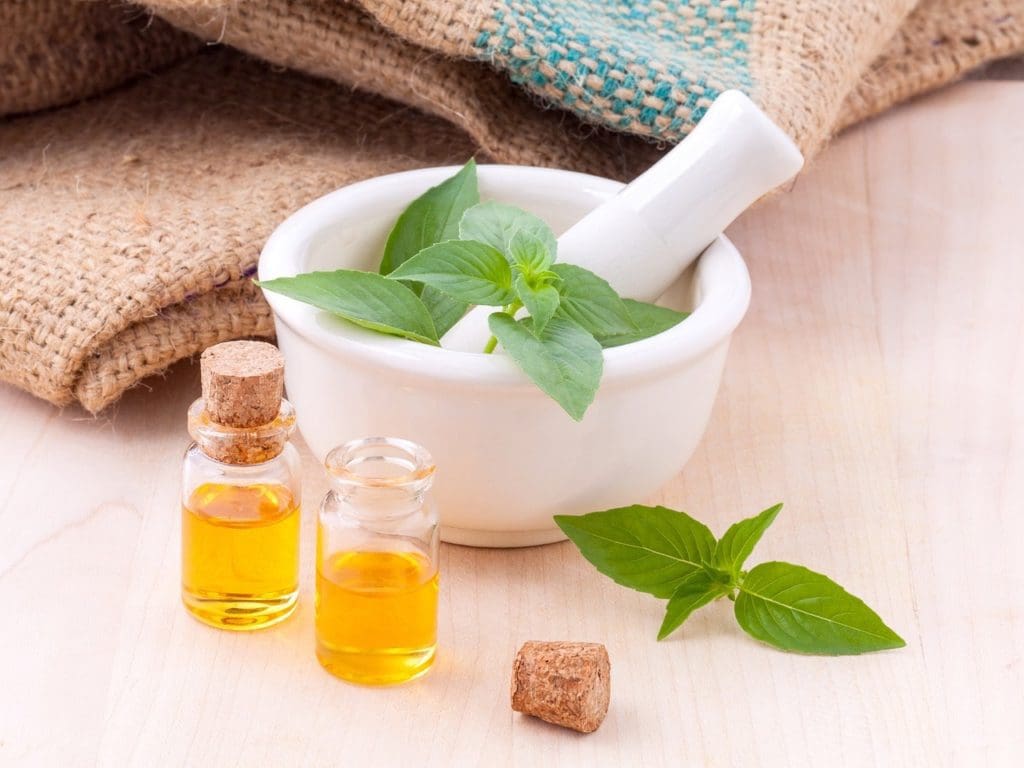It is unclear where the practice of aromatherapy first originated, but it is known that the Egyptians created the first machine used to distill oils from certain plants. These oils were used in their embalming practices, not as aromatherapy as we know it today. That practice is thought to have originated in China, though even Hippocrates, the Greek “father of medicine” is thought to have practiced aromatherapy for healing purposes.
From the pyramids of Egypt to the far east, to ancient Greece, aromatherapy has been practiced for centuries. Now, it has taken over incense in many yoga practices, being easier on the senses and cleaner. If you own a yoga studio or simply practice alone and want to incorporate essential oil aromatherapy into your practice, here are some suggestions on how the oils can be used and which oils to incorporate.
There are three main ways in which to use essential oils in your yoga practice.
Table of Contents
Diffusing:
Using a diffuser to distribute the aromas of essential oils throughout the practice area is without a doubt the easiest way to get a space smelling great. Many companies sell oil diffusers. Oil lamps can also be a great way to distribute essential oils in a space. Both are great for home use as well. Check out Revive essential oil diffusers for added relief and therapeutic experience in your yoga.
Purifying:
Having a purified space in yoga is essential. Thus, purifying essential oils to cleanse the space, clothing, mats, and chairs is an important step in any yoga practice.
Anointing:
Touch and smell are two of the most powerful senses, and they can be equally enhanced by using the right essential oils. Placing some essential oil at the beginning of a class can enhance energy. A second essential oil just before Savasana (corpse pose) can boost the calming properties of the pose.
Deciding which oils to use can be equal parts personal preference and how you react to each oil. Thus, a little experimentation is warranted. That said, there are a few commonly used oils that can get you started.
Cannabis Oil
We all know that cannabis can help to ease inflammation, help with pain, and even calm anxiety and lift depression. Using a CBD oil can help with muscle aches without the high that comes from THC. Taking a few puffs from a vape pen with a CBD cartridge or even diffusing the entire room with a vaporizer meant for oils or dry herbs can enhance your practice.
Frankincense
This oil’s deep, resinous, woodsy, balsamic scent has numerous properties that would benefit a yoga practice. It’s known to help balance emotions, help with pain, inflammation, and relaxation, making it indispensable for yoga.
Sandalwood
Sandalwood is a sacred woodsy scent used in temples for millennia. It can help provide focus and help you find your center even on your most scatterbrained days. It has been used for centuries in assisting with prayer, meditation, and other ways of communing with the divine.
Neroli Oil
Like Sandalwood, Neroli oil can help calm the mind and help with relaxation, both essential in any yoga practice. It has a sweet, honeyed, slightly citrusy scent due to being processed from orange blossoms.
Lemon Oil
This citrus scent is both uplifting and spiritually nourishing. It can also be used as a purifying, cleansing oil. Lemon oil works best at the start of the practice to energize and uplift. Try using essential oil roll ons threw out the day.
Experimentation is key. Trying out different oils and seeing how they affect you and those around you is important in determining which essential oils to incorporate into your practice.
Author

Michael is a marketing and creative content specialist at GotVape.com with a primary focus on customer satisfaction. Technology and fitness combined with healthy lifestyle obsession are his main talking points
Image credits; Image credits; Image credits






